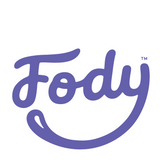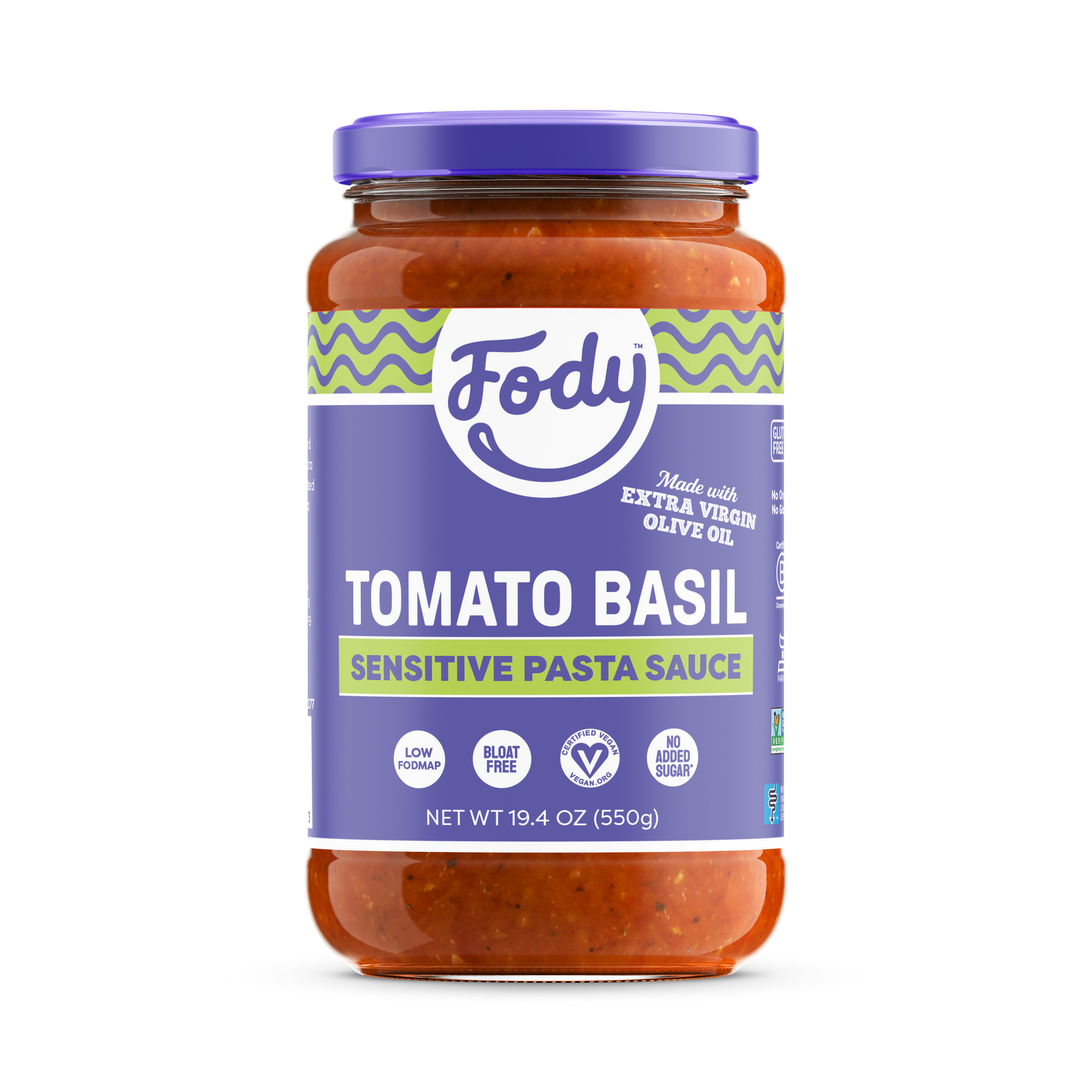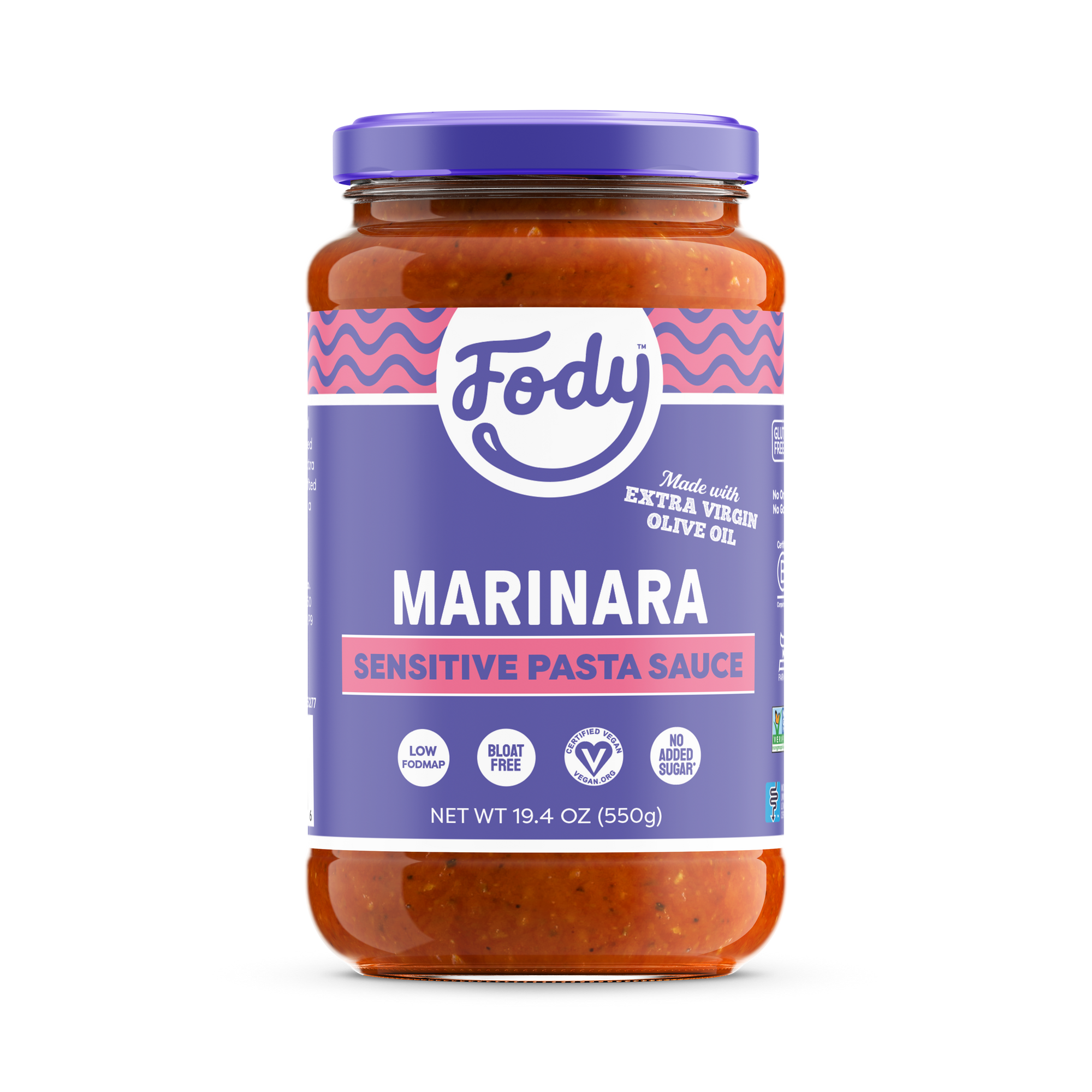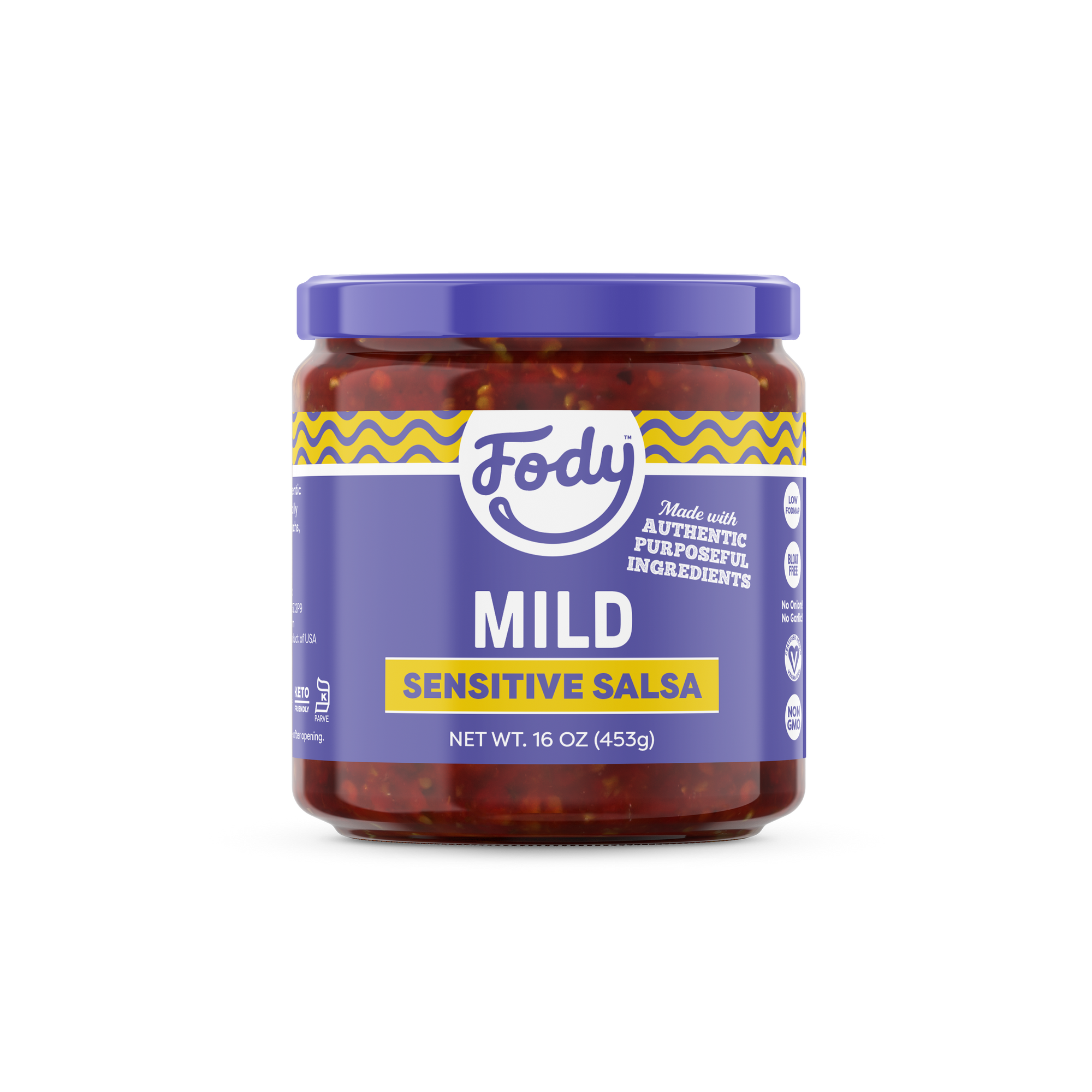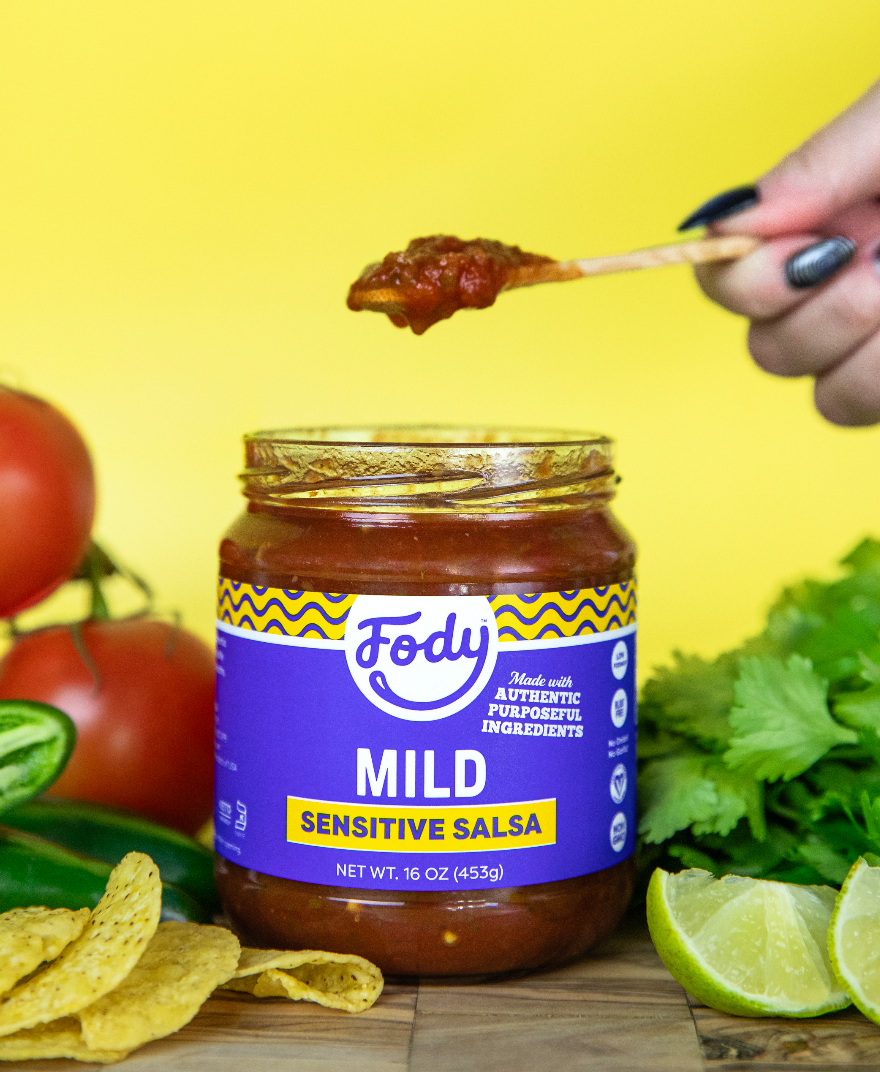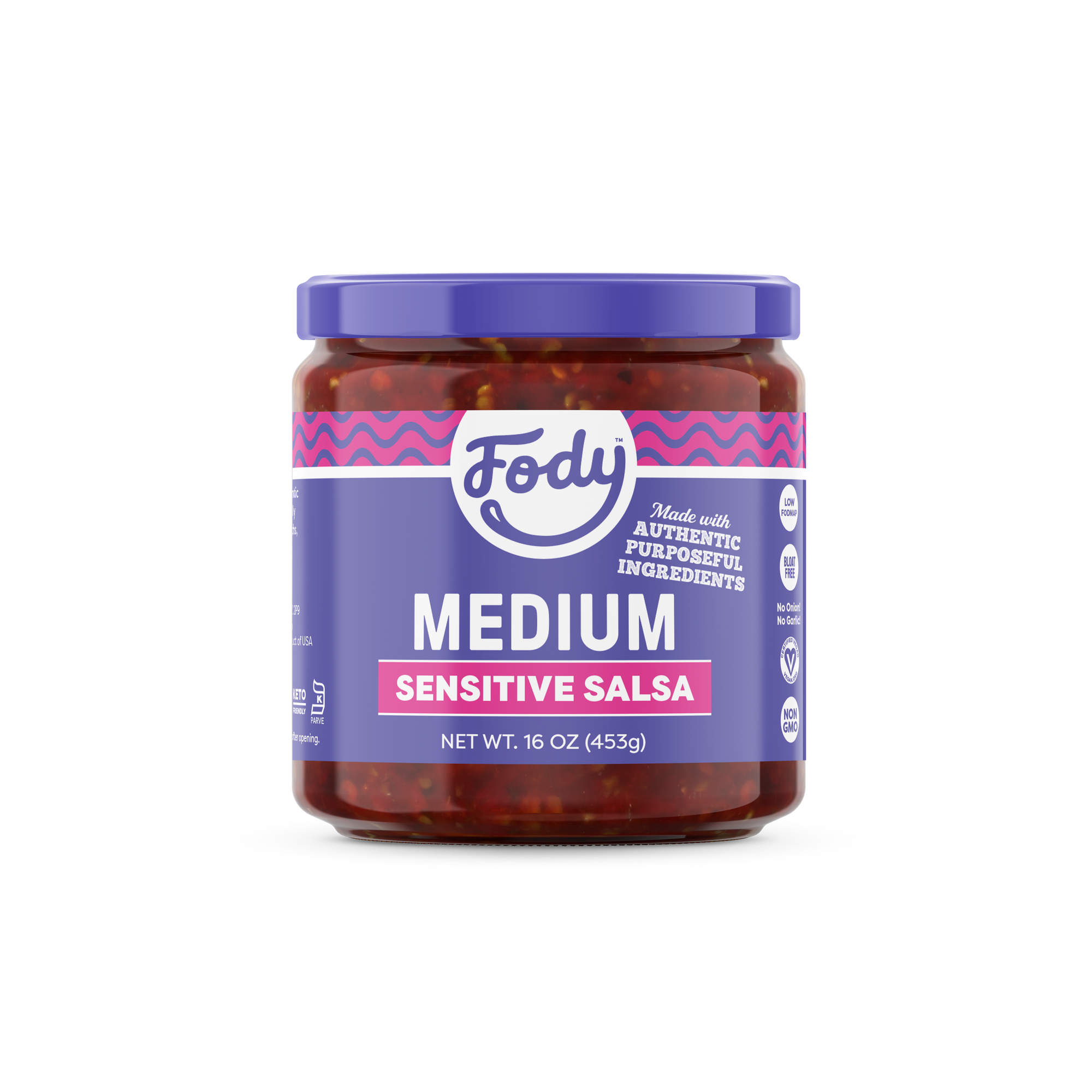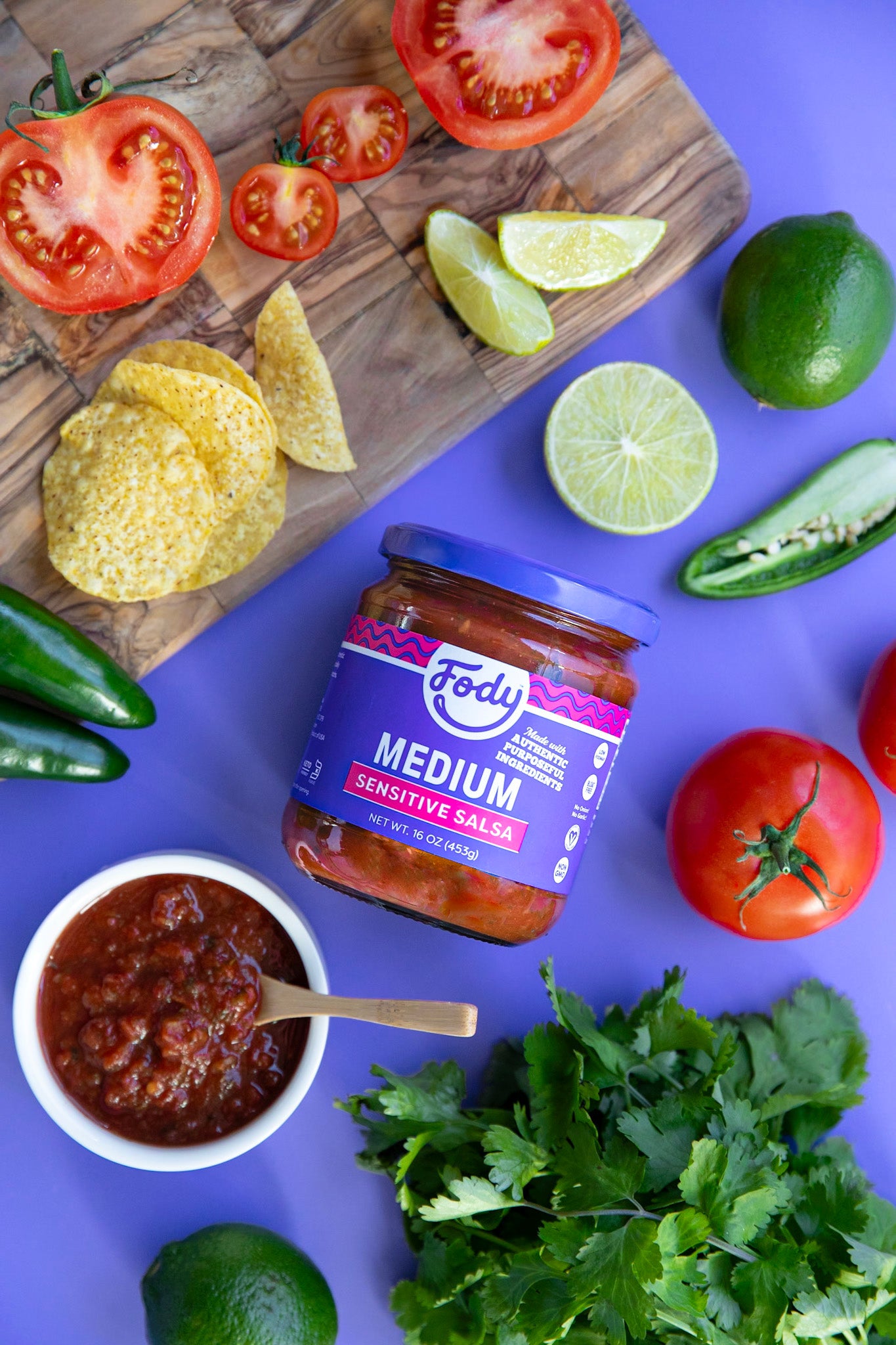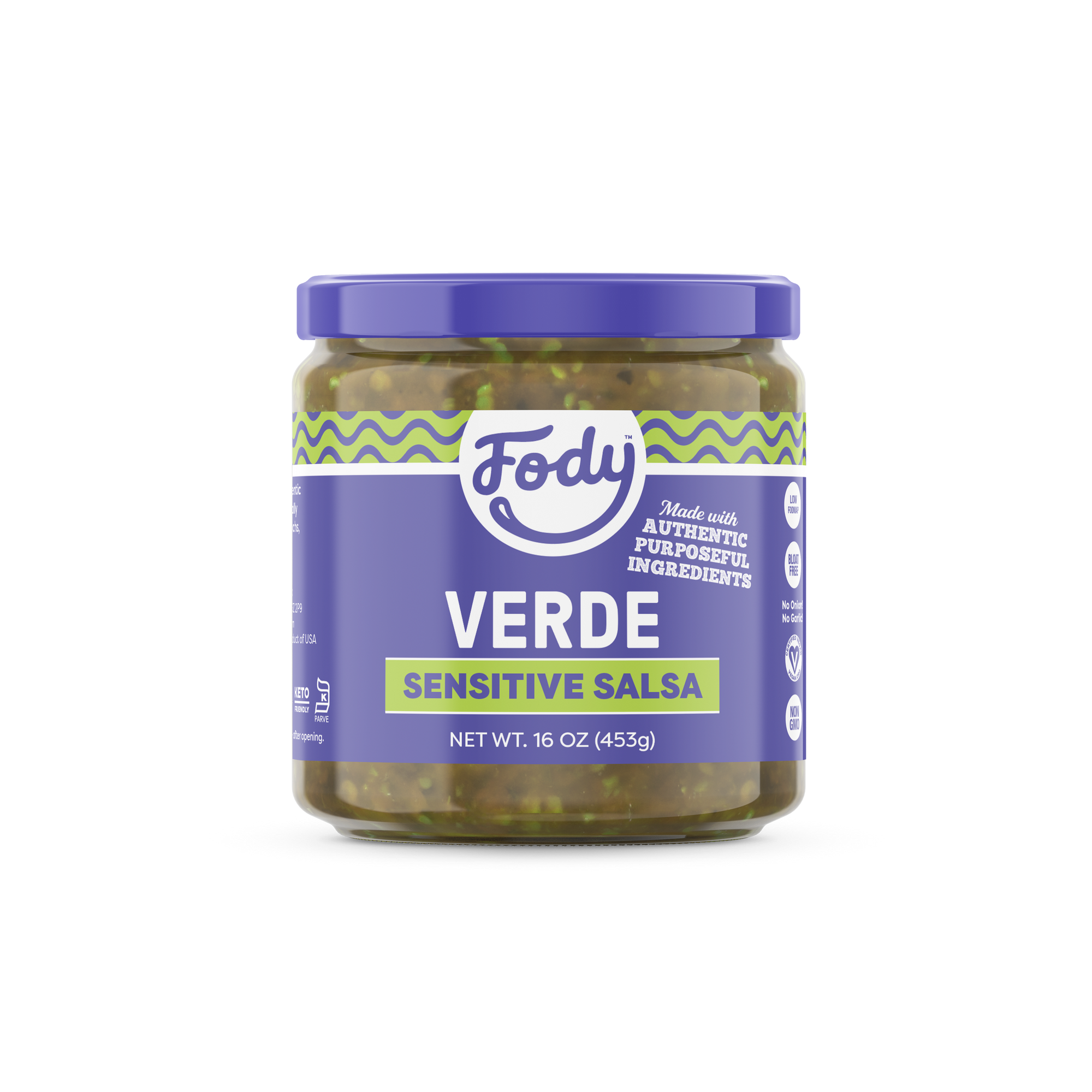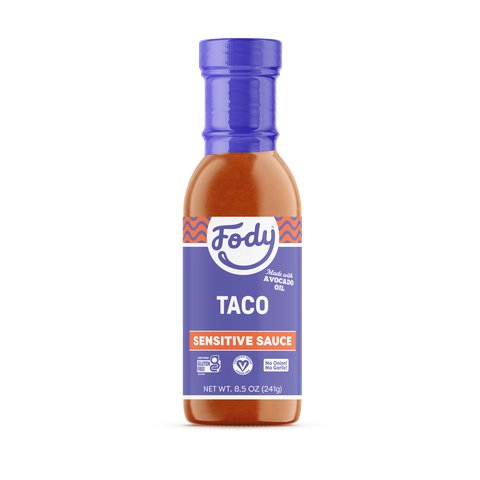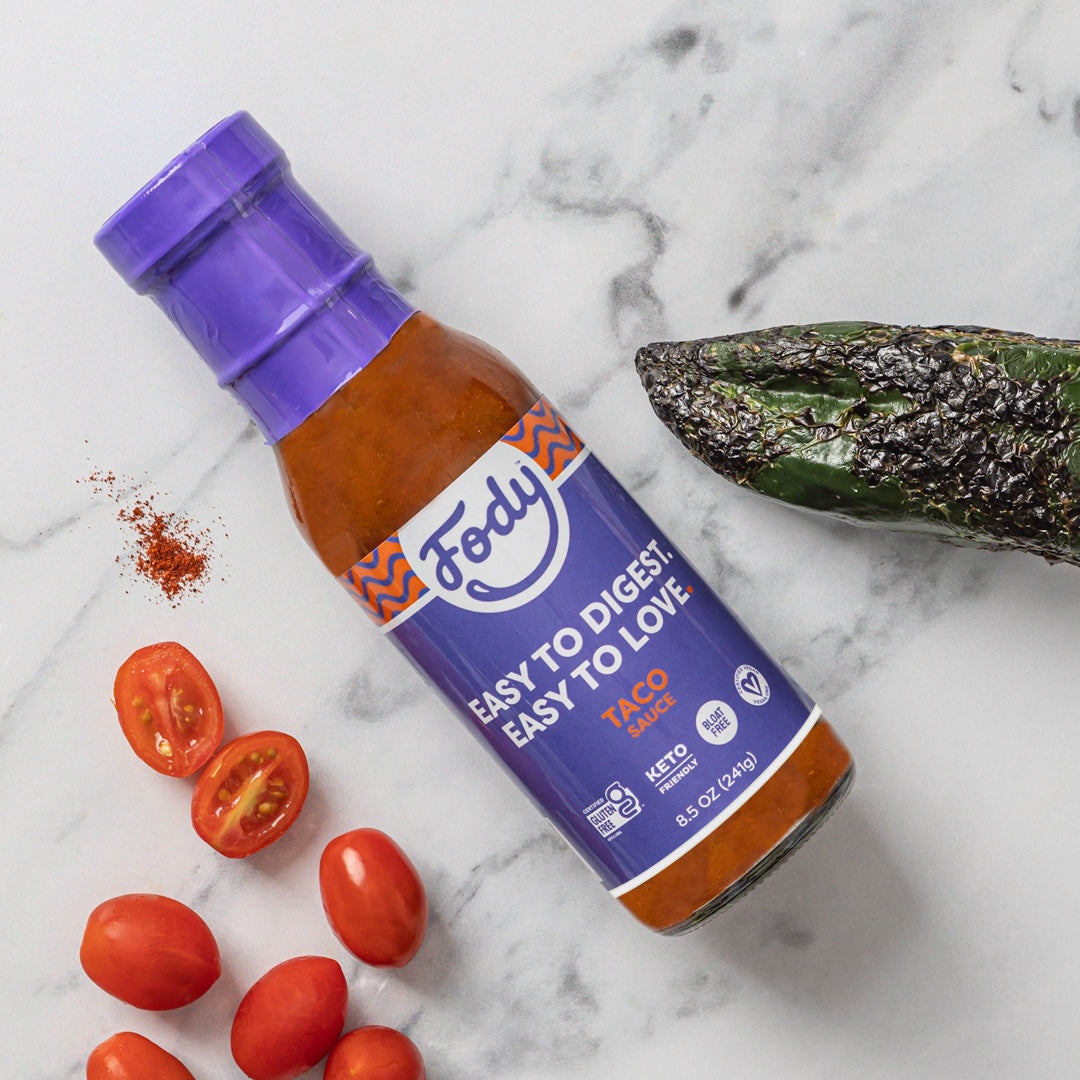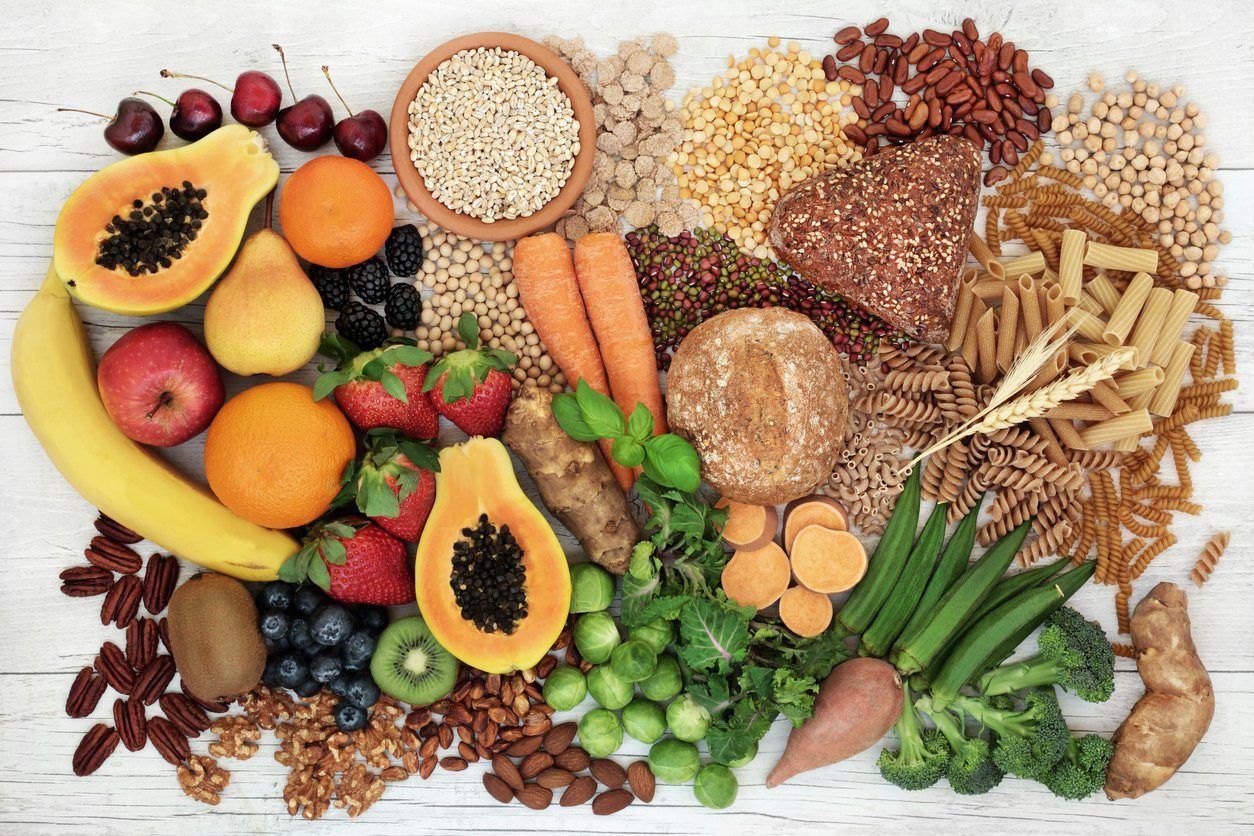

Fody's Highs and Lows: High Fiber, Low FODMAP Foods
For followers of the low FODMAP diet, getting enough fiber can often be a concern. Why? Because many low FODMAP foods, unfortunately, happen to be low fiber too. Since the diet focuses on gut-health and digestive wellness, it’s important to keep that balance in mind and help manage your IBS by introducing these high fiber, low FODMAP foods that can help get things… moving.
High Fiber, Low FODMAP Fruits and Vegetables
Many fruits and vegetables are excellent sources of dietary fiber. You may have to reference your Monash University app for low FODMAP serving sizes on a few of the items on the list, but the great news is even a small portion can pack a big punch when it comes to adding fiber to your diet. The fiber in these fruits and veg can help balance your body’s glucose levels too. Since the sugars in them are naturally-occurring, they’ll help satisfy your cravings, while the fiber helps remove them from your body (source: Healthline).
Don't worry, for all the lists below, we've adjusted the serving sizes to reflect Monash University guidelines!
Low FODMAP Fruits
- Bananas (1.03 g fiber/ low FODMAP serving- ⅓ banana)
- Raspberries (4 g fiber/ ½ cup)
- Kiwifruit (4.2 g fiber/2 kiwis)
- Mandarin (6 g fiber/2 mandarins)
- Strawberries (1.8 g fiber/cup)
- Passionfruit (3.8 g fiber/2 passionfruits)
- Oranges (3 g fiber/orange)
Low FODMAP Vegetables
- Carrots (2 g fiber/carrot)
- Green Beans (2.3 g fiber/ ⅔ cup)
- Potatoes (2.35 g fiber/ ½ potato)
- Corn (1 g fiber/ ½ cob of corn)
- Eggplant (2.5 g fiber/cup)!!
High Fiber, Low FODMAP Legumes

Love ‘em or hate ‘em, legumes such as beans and lentils are super high in dietary fiber and notoriously good at getting your digestive tract moving. Although legumes are high in Oligos (the “O” in FODMAP”) and can be a little difficult for dieters to digest, different cooking methods can change their FODMAP status, making them safer to eat. Here are a few high fiber, low FODMAP legumes to read up on, then try:
- Black Beans (2.5g fiber/ ⅙ cup)
- Chickpeas (8.75g fiber/ ¼ cup)
- Mung Beans (22.78g fiber/ ⅔ cup)
- Butter Beans (3.25g fiber/ ¼ cup)
- Red Lentils (4g fiber/ ¼ cup)
- Green Lentils (3.88g fiber/ ¼ cup)
High Fiber, Low FODMAP Breads, Cereals, and Pasta
Going on the low FODMAP diet doesn’t have to mean cutting out your favorite carbohydrates. The main connection between the two is the level of gluten in these products. Since the gluten-free diet and the low FODMAP diet go hand-in-hand, it’s important to pay attention and make sure you’re picking up products that have little to no gluten. Unlike their glutinous counterparts, the GF versions of these carby foods are made with bases like rice or potato, rather than wheat, so they’re notoriously low in fiber. Luckily, many companies specializing in gluten-free bread, cereals, and pasta are aware of the fact and are continuously making an effort to add dietary fiber in. If you’re already carefully reading the labels, make sure to keep an eye on fiber levels while you’re at the grocery store.
Low FODMAP Fiber Supplements
The sneaky option to upping your fiber intake while on the low FODMAP diet, is to try adding a fiber supplement to your daily routine. Although we don’t officially endorse any specific brands, there are definitely a few out there that are labelled “low FODMAP fiber supplements.” All you have to do is look!
For more tips on starting and maintaining a low FODMAP diet follow our blog or shop our range of gut-friendly products!
